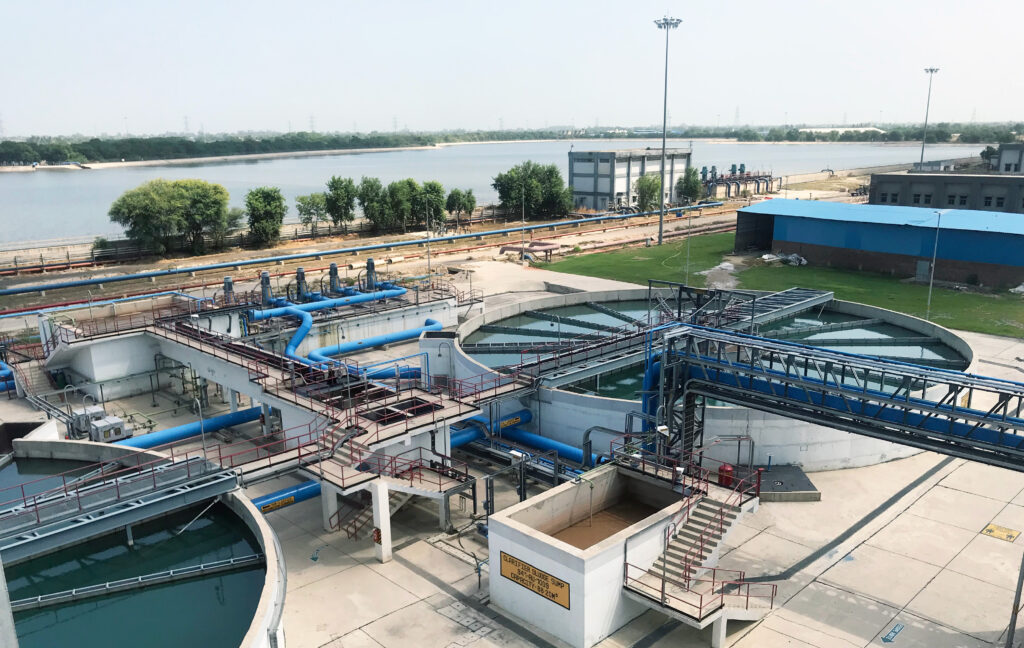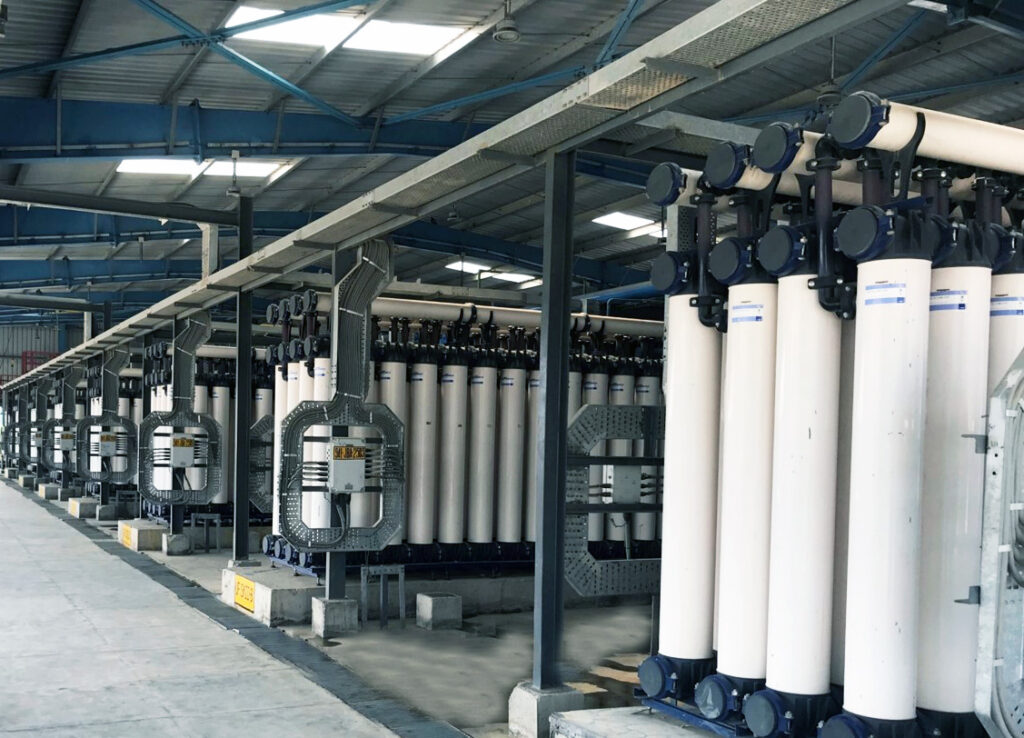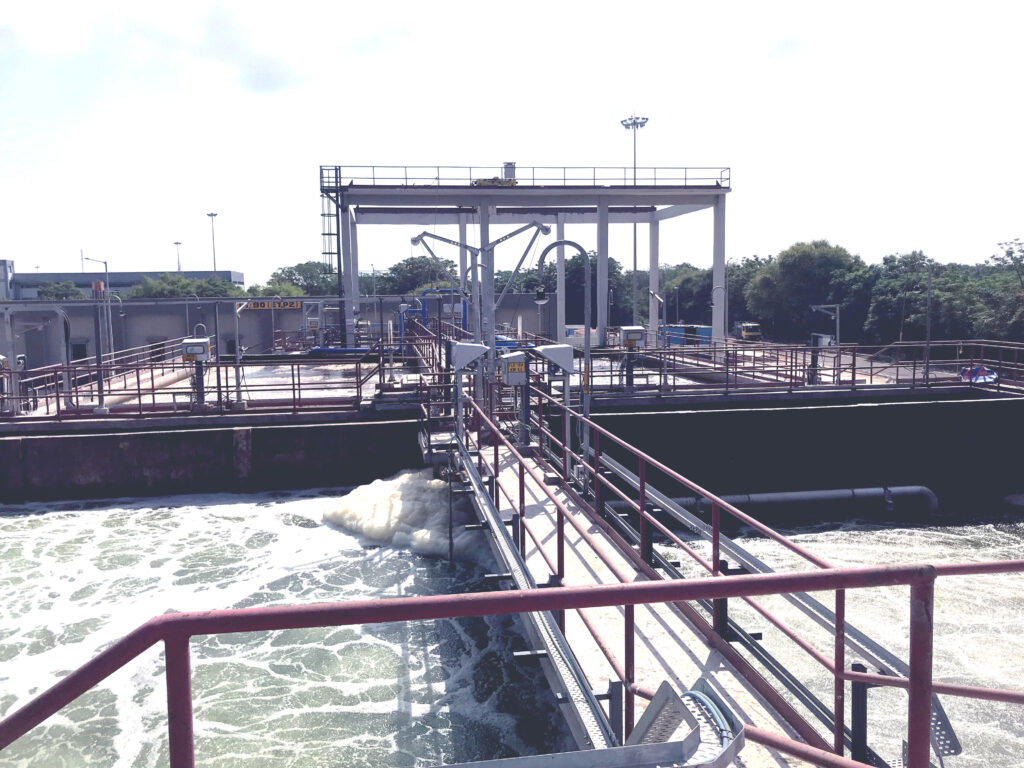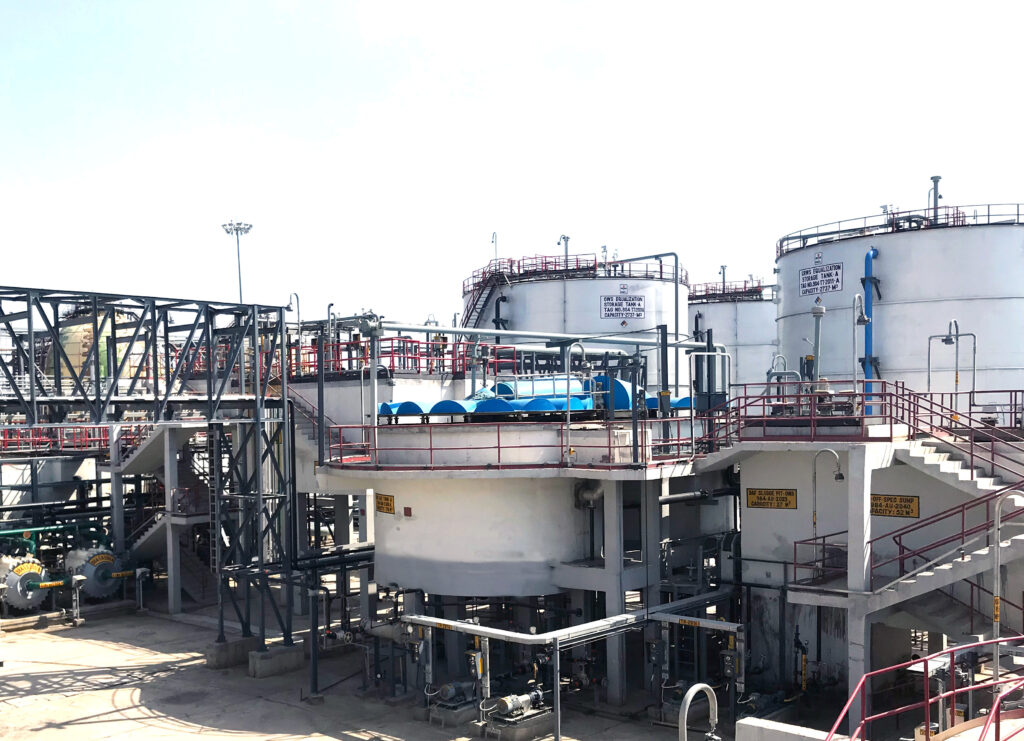Client
HMEL – a JV of Mittal Energy Investments and HPCL, India
Location
Bathinda, Punjab, India
Capacity
64,800 m3/d
Total Water Treatment Solution for the new mega Petrochemical Complex in Bathinda, Punjab –
A Turnkey project ensuring highly efficient Water Management
HMEL, a joint venture between Mittal Energy Investments and HPCL, has constructed a mega Petrochemical Complex, integrated with the existing 11.3 MMTPA Guru Gobind Singh Refinery in Bathinda, Punjab. WABAG successfully completed the turnkey realization of the complete water and wastewater treatment package, including water recycling, for the HMEL Polymer Addition Project.
- The scope of works included:
- Raw water treatment plant
- Effluent treatment plant
- UF/RO water recycling system
- RO Demineralisation and Condensate Polishing
- WABAG designed a multi-stage treatment process employing state-of-the-art technologies such as MBR, UF, RO, DAF, DMF, spent caustic and VOC treatment. Treated effluents, along with cooling tower and boiler blowdown streams, are further processed in an RO-based demineralization plant to enable sustainable and cost-efficient water recycling for reuse as process water.
Project Features:
- Scope: EPC turnkey execution, including design and engineering, construction, equipment supply, installation, testing, and commissioning, as well as six months of O&M. Additionally, WABAG was awarded a 36-month O&M contract for both the RWTP and ETP.
- Technologies: Installation of an advanced multi-stage treatment systems including technologies like:
- Equalization
- Coagulation/flocculation
- HRSC clarification
- API & TPI
- DAF
- Bioreactor, MBR
- Spent Caustic treatment
- Dual Media Filter
- Ultrafiltration
- Reverse Osmosis
- VOC treatment
- Impact: The water management system implemented at the HMEL Petrochemical Complex ensures smooth plant operations by providing a reliable supply of high-quality water while optimizing resource use through water recycling. This sustainable solution protects the environment by reducing freshwater consumption and minimizing waste, all while supporting economic growth through cost-efficient operations and job creation. Additionally, the project ensures long-term compliance with environmental regulations, contributing to a greener and more sustainable future.




